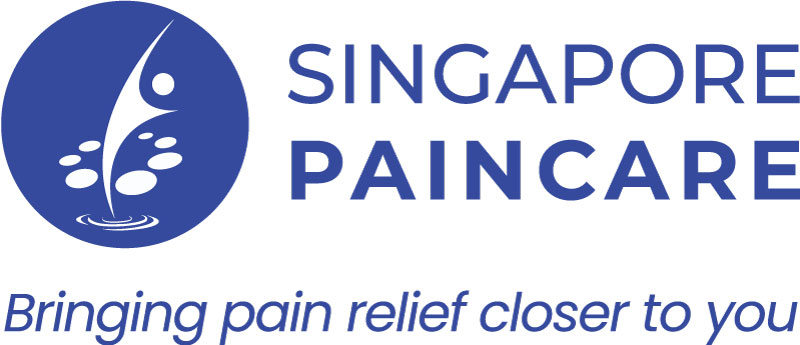Frozen Shoulder
About Frozen Shoulder
What is Frozen Shoulder?

Frozen shoulder is a common condition in Singapore, where the shoulder stiffens and reduces its mobility. Frozen shoulder is not arthritis, although it can accompany arthritis. Generally, frozen shoulder affects 40 to 60 years of age in Singapore, and it is more commonly seen in women than in men . This is why it is also often termed as ‘50-year shoulder’ (Chinese translation).
It is more commonly seen in women than in men.
The cause is usually due to:
a) tendinitis, from overuse
b) injury causing a tear
c) unknown
Symptoms

- Usually a sharp, aching pain, typically associated with movement.
- Limited movement of the shoulder (either backwards or upwards)
- Pain when trying to sleep on the affected shoulder
- Difficulty with activities, such as brushing hair, putting on shirts/bras.
3 Stages of Frozen shoulder
Stage 1- Freezing
The shoulder becomes stiff and then very painful with movement, especially at night.
Stage 2- Frozen
The shoulder becomes INCREASINGLY STIFF, severely limiting the range of motion.
Stage 3- Thawing
Movement in the shoulder begins to improve.
Pain may fade but occasionally recur.
DOCTOR’S TREATMENT

Medication Therapy
- Anti-inflammatory painkillers reduce the inflammation within the shoulder, encouraging movement and mobility.
- Anti-neuropathic agents are nerve stabilizers reducing nerve sensitivity and stopping painful nerves.
Injection Therapy
- Myofascial injections target at the painful tendons/ muscles of frozen shoulder. When injected into the affected areas, it relieves pain and reduces inflammation.
PATIENT’S RESPONSIBILITIES

- Exercise and stretching
- Physiotherapy
- Swimming
- Heat therapy
Post injection therapy
- About 4 weeks after injections, improvement becomes obvious.
- Post injection, anti-inflammatory medications, muscle relaxants, and nerve stabilizers are prescribed until optimal results are obtained.
- Results are seen usually 1 to 3 weeks after treatment.
- Optimal outcomes need to be coupled with exercises such as swimming.

